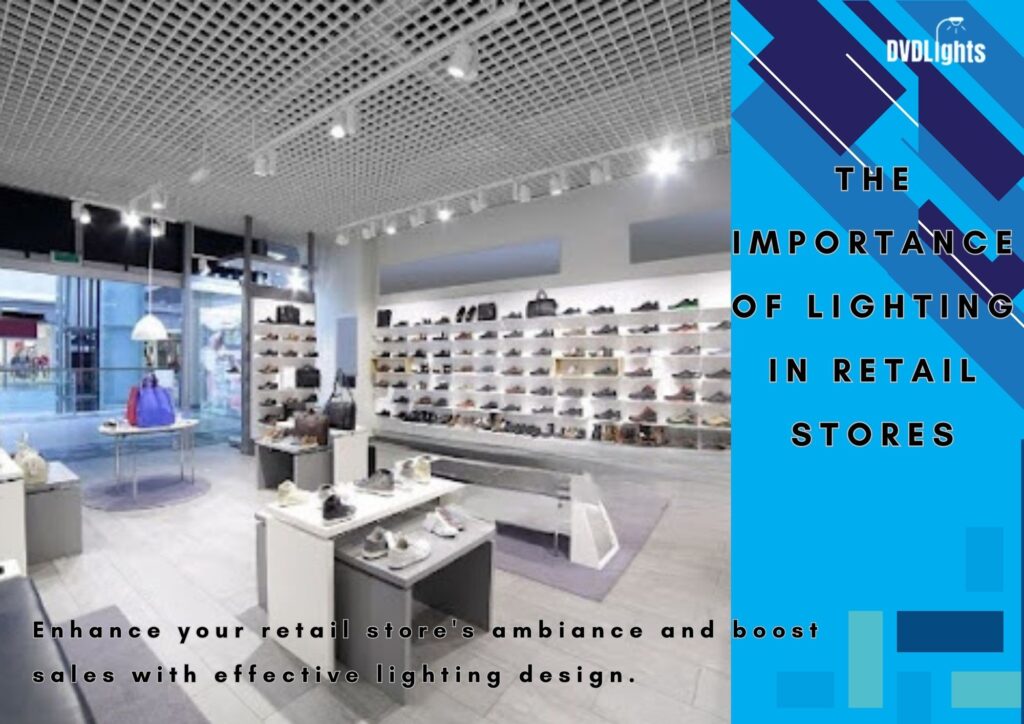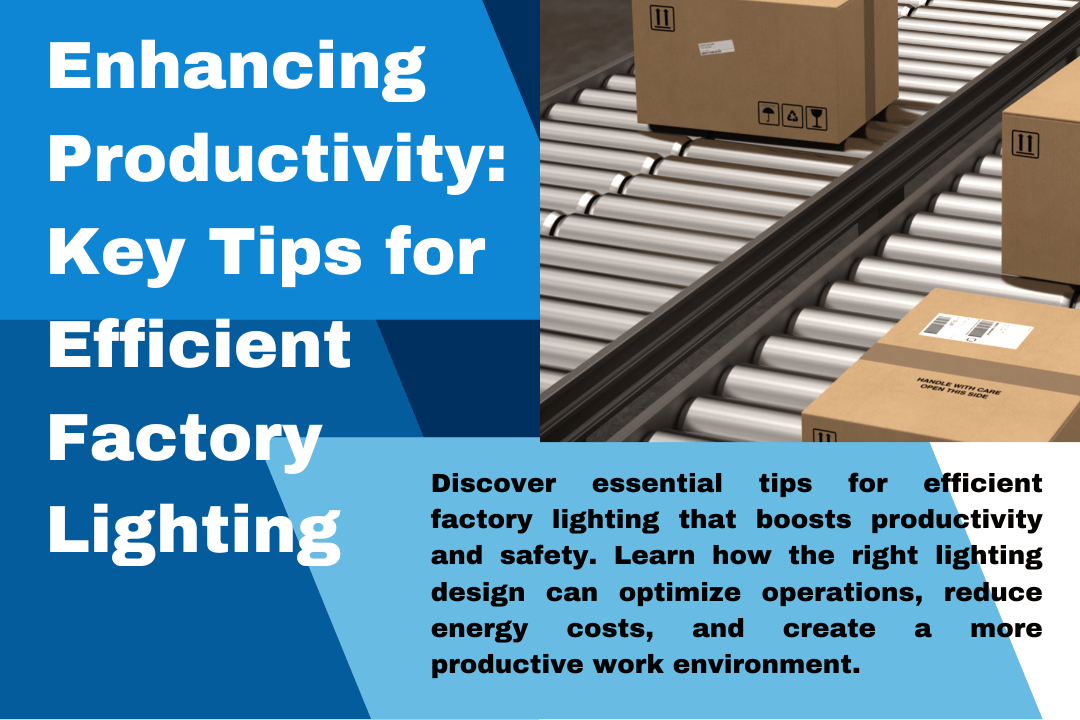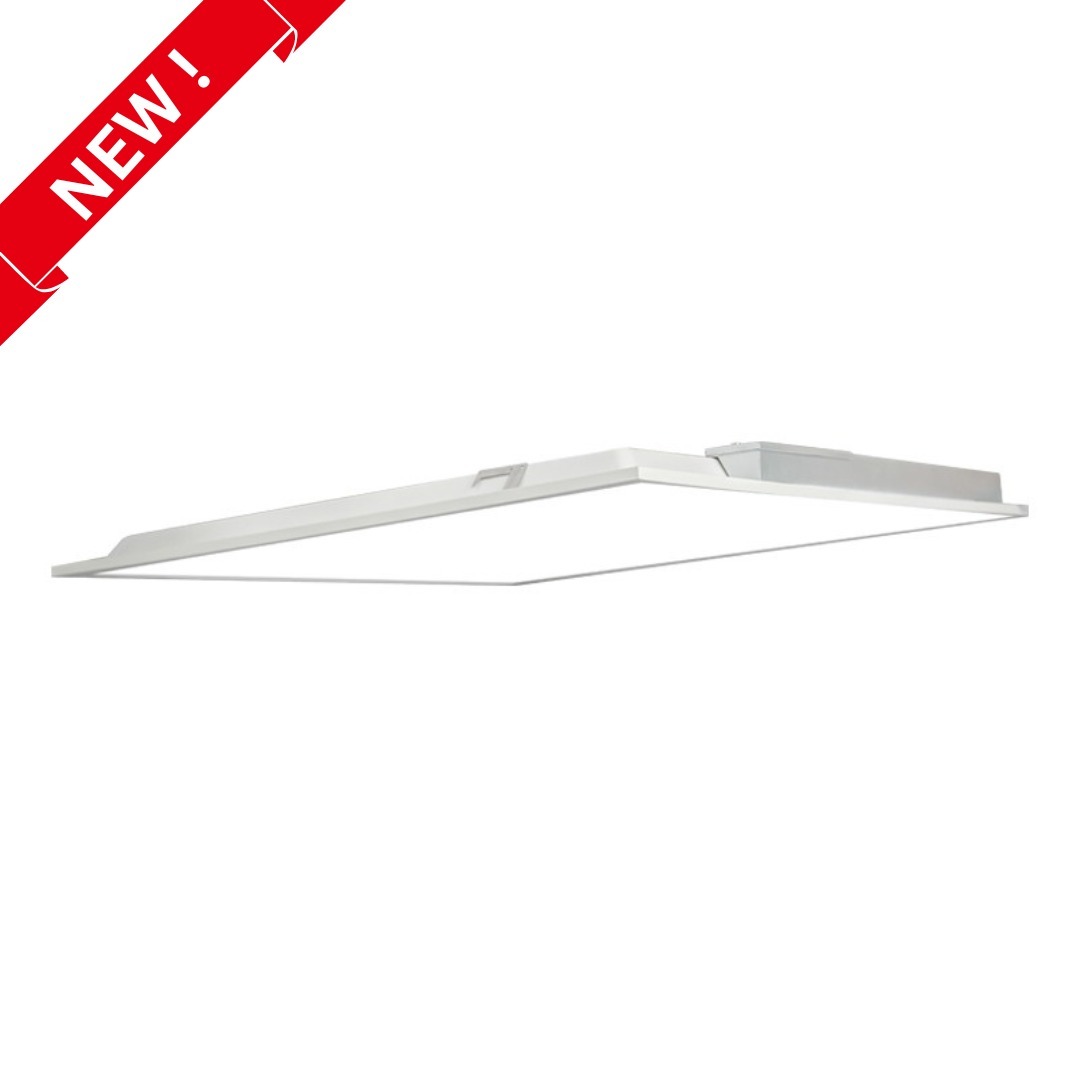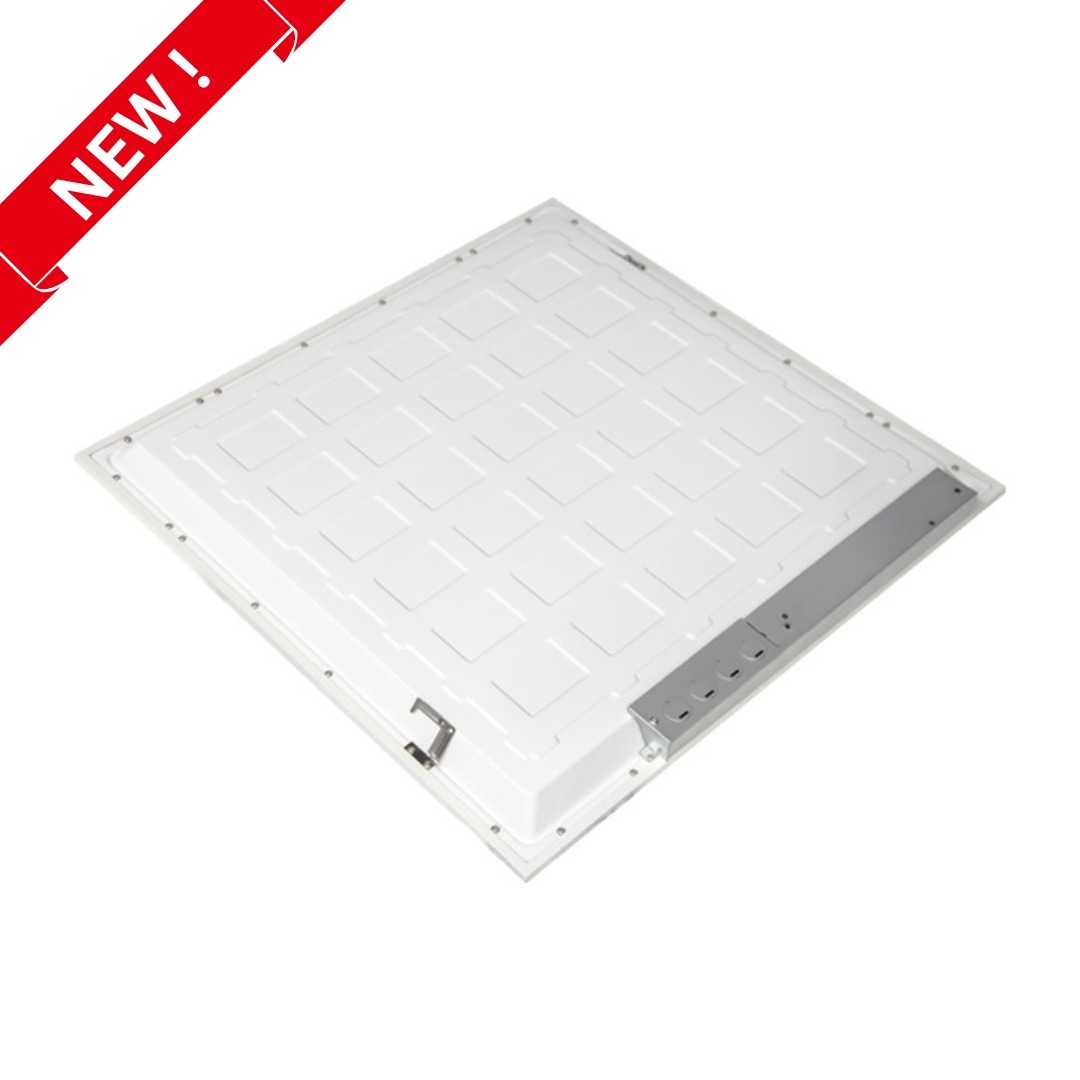Lighting plays a crucial role in the overall success of a retail store. It’s more than just a functional aspect; it significantly impacts the ambiance, customer experience, and even sales. Effective lighting can enhance the appeal of products, influence customer behavior, and create a memorable shopping experience. In this post, we’ll explore the importance of lighting in retail stores, focusing on the role of ambient lighting, retail lighting design, and accent lighting.
Photo from fiphoto via iStock
1. Creating the Right Atmosphere with Ambient Lighting
Ambient lighting in retail stores serves as the foundation of the store’s overall lighting design. It provides general illumination, ensuring that the store is well-lit and inviting. The right ambient lighting can set the mood, making the store feel warm, welcoming, or even luxurious, depending on the brand’s identity.
For example, a high-end boutique might use soft, warm lighting to create an intimate shopping experience, while a modern electronics store might use bright, cool lighting to highlight the sleek design of the products. Ambient lighting also helps guide customers through the store, making it easy for them to navigate and find what they’re looking for.

Photo from fiphoto via iStock
2. Enhancing Product Appeal with Retail Lighting Design
Retail lighting design is all about strategically using light to highlight products and create visual interest. Properly designed lighting can make products appear more attractive and draw customers’ attention to key areas of the store. This can be particularly effective in window displays, where the right lighting can create a powerful first impression and entice passersby to enter the store.
Effective retail lighting design often involves a mix of different lighting types, including ambient, task, and accent lighting, to create a dynamic and engaging shopping environment. By carefully selecting and positioning lights, retailers can emphasize the features of their products, making them more appealing to customers.
Photo from fiphoto via iStock
3. Drawing Attention with Accent Lighting
Accent lighting is a powerful tool in retail lighting design. It is used to highlight specific products, displays, or areas within the store, creating focal points that naturally draw customers’ eyes. This type of lighting is often brighter and more focused than ambient lighting, making the highlighted items stand out.
For instance, accent lighting can be used to illuminate a new product launch, a promotional display, or a featured collection. By creating contrast between the accent-lit areas and the surrounding space, retailers can direct customers’ attention to the most important products or sections, influencing their purchasing decisions.
Photo from fiphoto via iStock
4. Influencing Customer Behavior
The role of lighting in retail stores goes beyond aesthetics; it also influences customer behavior. Studies have shown that well-lit stores encourage customers to spend more time browsing, leading to increased sales. The right lighting can also create a sense of urgency or exclusivity, motivating customers to make a purchase.
For example, bright, focused lighting in a clearance section can signal to customers that there are great deals to be found, while dim, intimate lighting in a luxury section can create a sense of exclusivity and sophistication. By understanding the psychology of lighting, retailers can create an environment that aligns with their sales goals.
Photo from fiphoto via iStock
5. Energy Efficiency and Sustainability
In addition to enhancing the customer experience, modern retail lighting design also takes into account energy efficiency and sustainability. LED lighting, for example, is an energy-efficient option that provides bright, consistent illumination while reducing energy costs. By investing in energy-efficient lighting solutions, retailers can reduce their environmental impact and lower operating costs, all while maintaining a high-quality shopping experience.
The Psychological Impact of Lighting on Shoppers
Beyond the aesthetic appeal, lighting in retail stores has a profound psychological impact on shoppers. It can influence their emotions, behavior, and even their decision-making process. For instance, bright and well-lit environments tend to make customers feel more energized and positive, encouraging them to spend more time in the store. On the other hand, dim lighting can create a sense of calm and relaxation, which might be more suitable for luxury or boutique settings where the shopping experience is more about exclusivity and personal attention.
Understanding the psychological effects of different lighting types allows retailers to create environments that align with the emotions they want to evoke in their customers. For example, using cooler, blue-toned lights in a tech store can create a modern, innovative atmosphere, while warmer, yellow-toned lights in a home goods store can make the space feel cozy and inviting.
Enhancing Brand Identity Through Lighting
Lighting is also a powerful tool for reinforcing a brand’s identity. Just as colors, fonts, and layouts contribute to a brand’s image, so does lighting. A store’s lighting should be consistent with its brand message. For instance, a store that sells high-end fashion might use sophisticated, subdued lighting to create a sense of elegance and exclusivity. In contrast, a sports apparel store might use dynamic, bright lighting to evoke energy and excitement.
Retail lighting design should be carefully considered to ensure it complements the brand’s identity and values. This not only enhances the shopping experience but also strengthens the connection between the customer and the brand.
Using Lighting to Guide Customer Flow
Strategically placed lighting can also guide customer flow through the store. By illuminating pathways, highlighting key displays, or using lighting contrasts, retailers can subtly influence the direction in which customers move. This is particularly useful in large stores where directing customer flow can prevent overcrowding in certain areas and ensure that all sections of the store receive adequate attention.
Lighting can also be used to draw customers to specific areas, such as a new collection or a sale section. By creating a visual journey through the store, retailers can ensure that customers engage with the products they want to promote most.
The Cost-Benefit Analysis of Investing in Quality Lighting
While investing in high-quality lighting might seem like a significant upfront cost, the long-term benefits often outweigh the initial expenditure. Quality lighting can reduce energy costs, especially with the use of LED lights, which are both energy-efficient and durable. Moreover, the enhanced shopping experience created by good lighting can lead to increased customer satisfaction, higher sales, and a stronger brand reputation.
Retailers should consider lighting as a long-term investment that contributes to the overall success of their business. By choosing the right lighting solutions, they can create an environment that not only looks appealing but also drives business growth.
Photo from fiphoto via iStock
Adapting Lighting to Seasonal Changes and Promotions
Lighting needs in a retail store can change with the seasons or during special promotions. For example, during the holiday season, warmer and more festive lighting can create a cozy and inviting atmosphere that encourages customers to linger longer and make more purchases. Similarly, during a summer sale, brighter and more vibrant lighting can reflect the excitement of the season and create a sense of urgency.
Retailers should be flexible in their lighting design, adapting it to suit different times of the year or specific promotional events. This adaptability ensures that the store remains fresh and engaging, keeping customers interested and coming back for more.
FAQs
- Why is lighting important in retail stores?
- Lighting is essential in retail stores because it enhances the overall atmosphere, highlights products, and influences customer behavior, ultimately driving sales.
- What is ambient lighting in retail stores?
- Ambient lighting provides general illumination throughout the store, creating the foundation for the store’s lighting design and setting the overall mood.
- How does accent lighting impact product displays?
- Accent lighting highlights specific products or areas within the store, drawing customers’ attention and making the highlighted items more appealing.
- What are the key elements of retail lighting design?
- Retail lighting design involves a strategic mix of ambient, task, and accent lighting to create a visually engaging and effective shopping environment.
- How can retailers incorporate energy efficiency into their lighting design?
- Retailers can incorporate energy efficiency by using LED lighting, which provides bright illumination with lower energy consumption and longer lifespan.
Conclusion
Lighting is an essential element in the design and operation of retail stores, influencing everything from customer mood and behavior to brand identity and sales performance. By strategically using ambient, accent, and task lighting, retailers can create a welcoming atmosphere, highlight key products, and guide customer flow through the store. Moreover, the psychological impact of lighting can enhance the shopping experience, encouraging customers to spend more time and make more purchases. Investing in quality, energy-efficient lighting not only enhances the store’s aesthetic appeal but also supports long-term business success. As retail environments evolve, adaptable and thoughtfully designed lighting will continue to play a critical role in driving customer engagement and satisfaction.




















